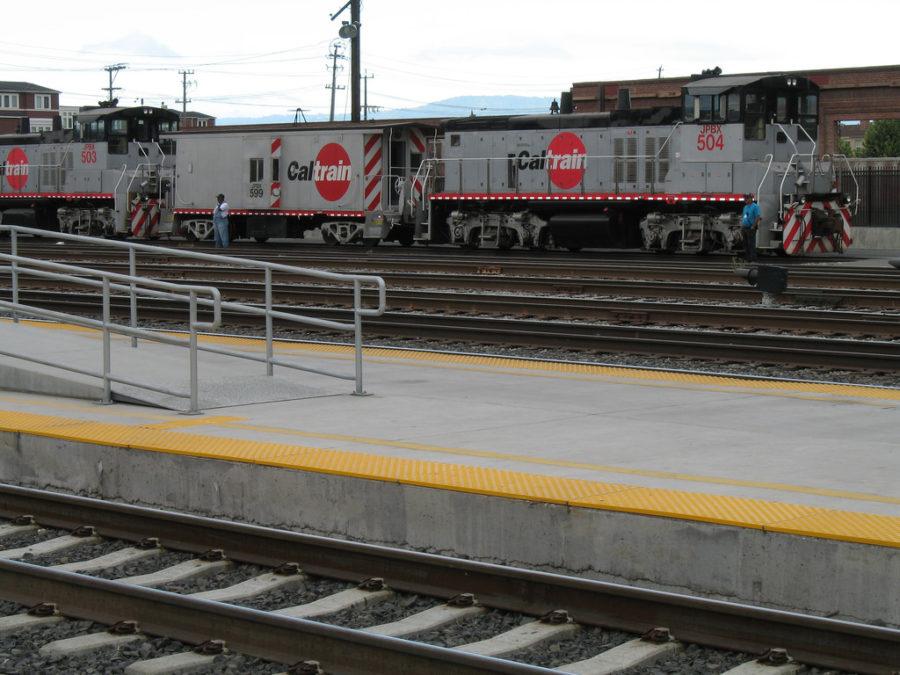On Feb. 1, the Joint Powers Board, which owns and operates the Caltrain rail system, approved the proposed Caltrain Business Plan. According to Caltrain, the approved plan will allow for them to enact “to identify a service model that supports long-term regional job and population growth, and surging ridership demand.”
To keep up with its vision for future projects and expansion, Caltrain had created the concept of the Caltrain Business Plan in spring 2017. This original plan was concerned with keeping the commuter rail service on schedule with its electrification project; modernization would have changed the rail system cars to run on electricity instead of diesel.
“I think it’s definitely a good idea for Caltrain to modify it’s business plans for the future,” said Justin Eng, a senior. “Based on my past experiences on Caltrain, it has usually been pretty crowded whenever I ride on it. If modernization fixes that and gets more frequent train times, then that would be great.”
The original Caltrain Business plan from spring 2017 was concerned primarily with the advancement of the rail system. In order to proceed with the project, Caltrain had to draft expenditure and expansion plans that would allow for improvements to facets such as train technology and terminals. According to the plan, modernization would provide opportunities for Caltrain to improve its services, increase the number of riders, and change its overall system.
One of the desired benefits listed in the business plan were lowered fares in conjunction with more riders.
“Since modernization of the Caltrain Business Plan would get more frequent arrival times, then I think it’s a good improvement,” said freshman Liam Dowling. “Right now, the trains are pretty old and clunky. If there are more train times, then it would be less of a hassle if you missed your planned train.”
The February meeting of the Joint Powers Board only approved the strategy and scope of the Caltrain Business Plan, not its total cost and expenditure plan. Before the plan is to be finalized, Caltrain noted that they would have to analyze demographics and travel patterns. Likewise, the company would also have to identify the effects of the rail system on local communities, specifically at places where the railway crosses through cities.
With the rail system company aiming to have the Caltrain Business Plan finished by the end of 2018, the electrification project itself is estimated to not have any electrical trains running until 2022.


